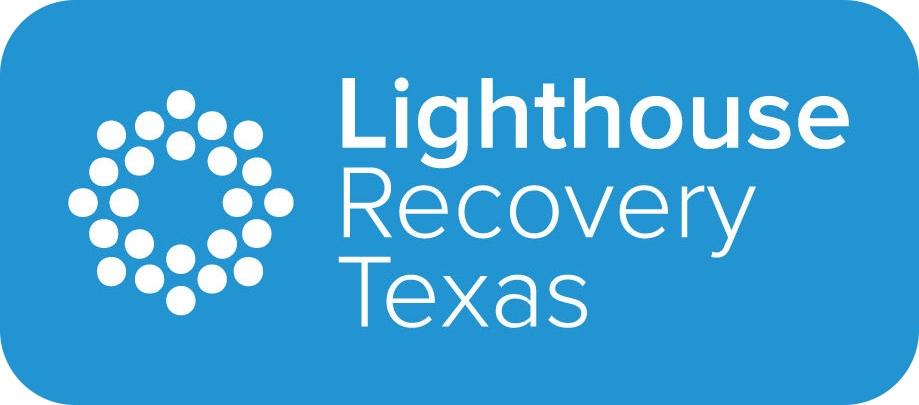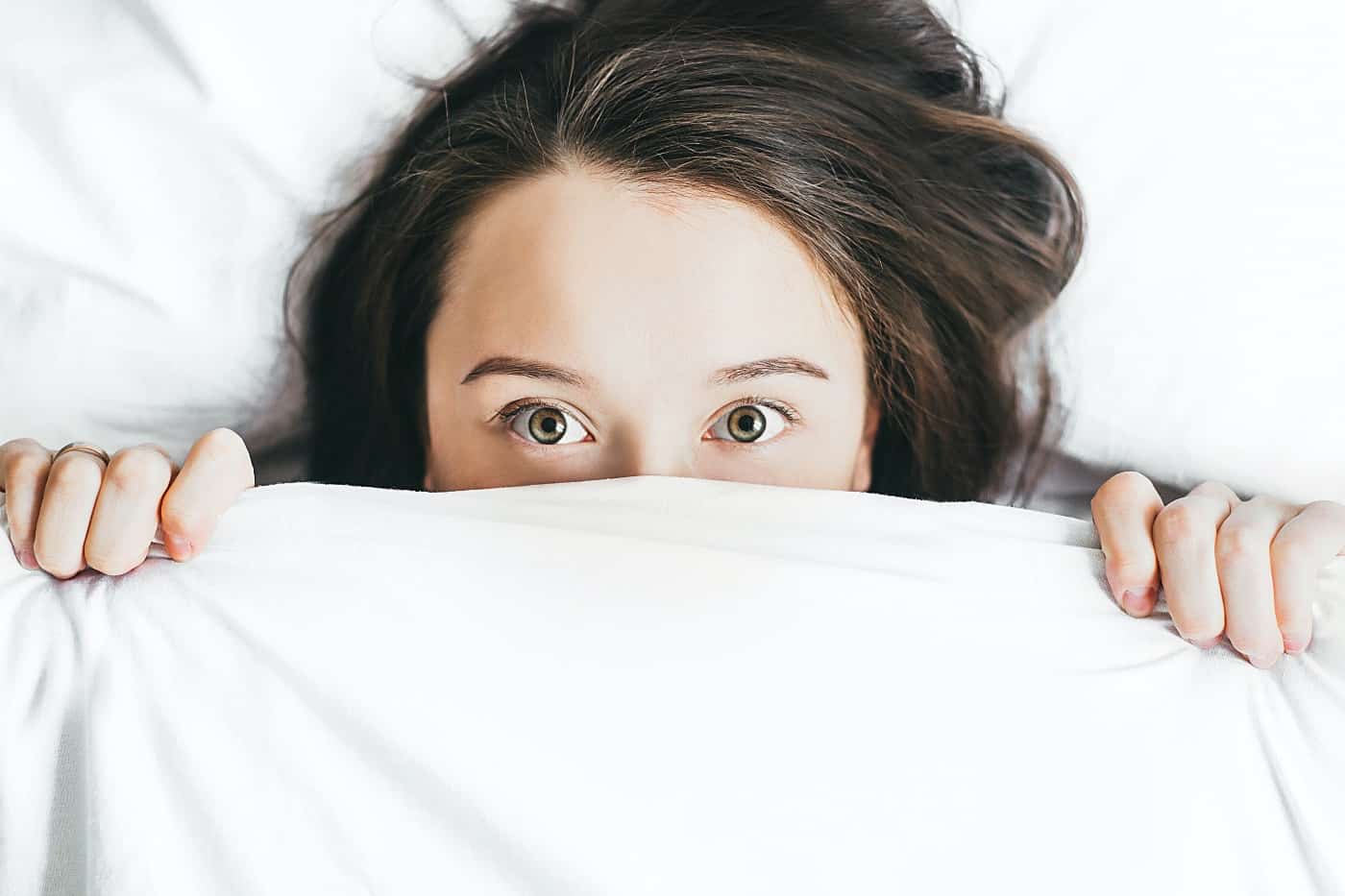The long winter months can often bring about a sense of dread that isn’t experienced in warmer weather. When the clocks turn back and the weather gets cold, many people have depression, known as seasonal affective disorder (SAD).
For those also facing an addiction, SAD can be extremely challenging. When you learn how to incorporate the right coping tools, you can overcome SAD as you go along your journey of recovery.
What Is Seasonal Affective Disorder?
According to the National Institute of Mental Health (NIMH), there is a marked difference between the “winter blues” and SAD. Many people will experience mood changes in the colder months, but others will experience more serious mood changes that can affect how they think, feel, and handle daily activities.
SAD is not considered a separate disorder but is a type of depression characterized by its recurrent seasonal pattern, with symptoms lasting about four to five months per year.
What Causes SAD?
Scientists do not yet fully understand what may cause SAD. The NIMH points to research that suggests that people with SAD “may have reduced activity of the brain chemical (neurotransmitter) serotonin, which helps regulate mood.”
Research also suggests that sunlight may affect regulating levels of serotonin. For people with SAD, this regulation may not function properly, leading to decreased serotonin levels in the winter.
Vitamin D is also believed to promote serotonin activity. If someone already has a vitamin D deficit, they may be more susceptible to developing SAD.
The NIMH also points out that winter can normally come with negative thoughts and feelings. The limitations of this season and other stresses are common among people with SAD.
Who Can Develop SAD?
Even though anyone can develop SAD, the NIMH states that it is more common in women than men and for those living farther north, where daylight hours are even shorter in the winter.
According to the NIMH, this disorder is more common in people who already have depression, bipolar, or “other mental health disorders, such as attention-deficit/hyperactivity disorder, an eating disorder, an anxiety disorder, or panic disorder.”
The NIMH states that most cases of SAD are considered winter-pattern SAD or winter depression, with symptoms that usually go away during the spring and summer. However, some people may also experience a less-common form of SAD during the warmer months called summer-pattern SAD or summer depression.
Symptoms of SAD
If you’re feeling extra blue during the winter months, you may be dealing with SAD. It’s essential to first understand the symptoms of this disorder and then determine how much these symptoms may interfere with your daily life.
According to the U.S. Department of Health & Human Services, not everyone with SAD will have the same symptoms, but some symptoms may include:
- Sad, anxious, or “empty” feelings
- Thoughts of death or suicide
- Difficulty sleeping
- Loss of interest in activities you usually enjoy
- Difficulty concentrating and making decisions
- Fatigue and decreased energy
How to Treat SAD
Depending on the symptoms, SAD can be treated in a number of ways. The NIMH differentiates between mild and severe symptoms of SAD and suggests different coping mechanisms and treatments for each.
Mild SAD
Mild SAD symptoms usually last for less than two weeks. According to the NIMH, these symptoms can include:
- Feeling down but still able to take care of yourself and others
- Having some trouble sleeping
- Having less energy than usual but still being able to do your job, schoolwork, or housework
If you experience mild symptoms, the NIMH suggests various activities that may make you feel better. Doing things that bring you joy, going out in the sunlight, spending time with family and friends, and eating healthy foods may all help you lift feelings of mild SAD.
Severe SAD
More severe cases of SAD may require professional help and guidance. The NIMH states that severe symptoms of SAD tend to last for more than two weeks and can include the following:
- Social withdrawal
- Oversleeping
- Gaining weight
- Craving foods with lots of sugar, like cakes, candies, and cookies
If you have severe symptoms of SAD, some treatments may include professional help, light therapy, talk therapy, medications, and vitamin D supplements.
SAD and Addiction
It is common knowledge that many people with substance use disorder (SUD) also face one or more co-occurring mental health disorders. In fact, according to the 2020 National Survey on Drug Use and Health, an estimated 17 million adults aged 18 or older had co-occurring mental health and SUD.
While it hasn’t been explicitly stated that SAD commonly occurs in those with an addiction, this can be implied by looking at the wide range of mental health disorders that often go hand-in-hand with SAD.
Treatment of SAD and Addiction
If you feel that you have SAD and SUD, it’s a good idea to seek comprehensive treatment that will help with both.
If you don’t already attend outpatient treatment, it’s essential to search for the right program that focuses on individualized treatment. Addiction treatment can come in many forms, and it’s always best to find an option that will be able to provide the support you need for your unique struggles and goals.
If you do already attend addiction treatment, you should talk to staff about your concerns about SAD. A licensed clinician will be able to diagnose this disorder and recommend the appropriate treatment.
Seasonal affective disorder (SAD) is a type of depression that commonly occurs during the long and cold winter months. For those already facing addiction, SAD can be extremely challenging. Treatment for SAD will differ based on the severity of the disorder. If you have mild SAD, you may be able to lift your mood by doing things you truly enjoy and making the most out of the winter season. If you have more severe SAD, you might need to seek professional help and guidance. We offer comprehensive care that specializes in co-occurring disorders, including SAD. Our clinically-trained staff can help diagnose SAD and recommend proper treatment. For more information, call us at Lighthouse Recovery Texas at (214) 396-0259 today.





